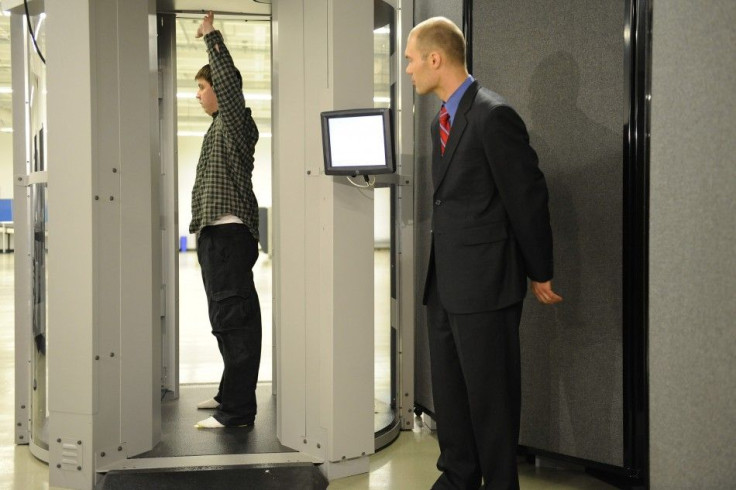TSA Scanner Upgrade: No More Naked Images

The Transportation Security Administration (TSA) announced on Thursday that it would replace full body scanners with software that doesn't highlight the private parts of those who pass through it.
Instead, the new software will scan and highlight a generic silhouette of the human form and give either a green OK or a red in areas where contraband may be stashed. TSA will phase out passenger-specific images, in favor of a generic body outline.
In other words, the new software will provide more privacy for your private parts.
Currently, the agency uses about 500 full-body scanners in 78 airports. They operate using two types of technology -- millimeter wave and backscatter.
The change comes in response a huge swell of opposition from civil liberties groups and passenger rights organizations that criticized the body scanners for invading the privacy of innocent travelers.
It's a step in the right direction. However, our stance remains the same in that we feel that the TSA should immediately discontinue the use of these scanners, said Brandon Macsata, executive director of the Association for Airline Passenger Rights. We feel that there are more beneficial ways, more cost effective ways to improve and maintain security at airports.
TSA Administrator John Pistole said in a statement, TSA constantly strives to explore and implement new technologies that enhance security and strengthen privacy protections for the traveling public. This software upgrade enables us to continue providing a high level of security through advanced imaging technology screening, while improving the passenger experience at checkpoints.
TSA says it will install the new software on 241 millimeter scanners at 40 airports nationwide in the coming months.
© Copyright IBTimes 2025. All rights reserved.





















